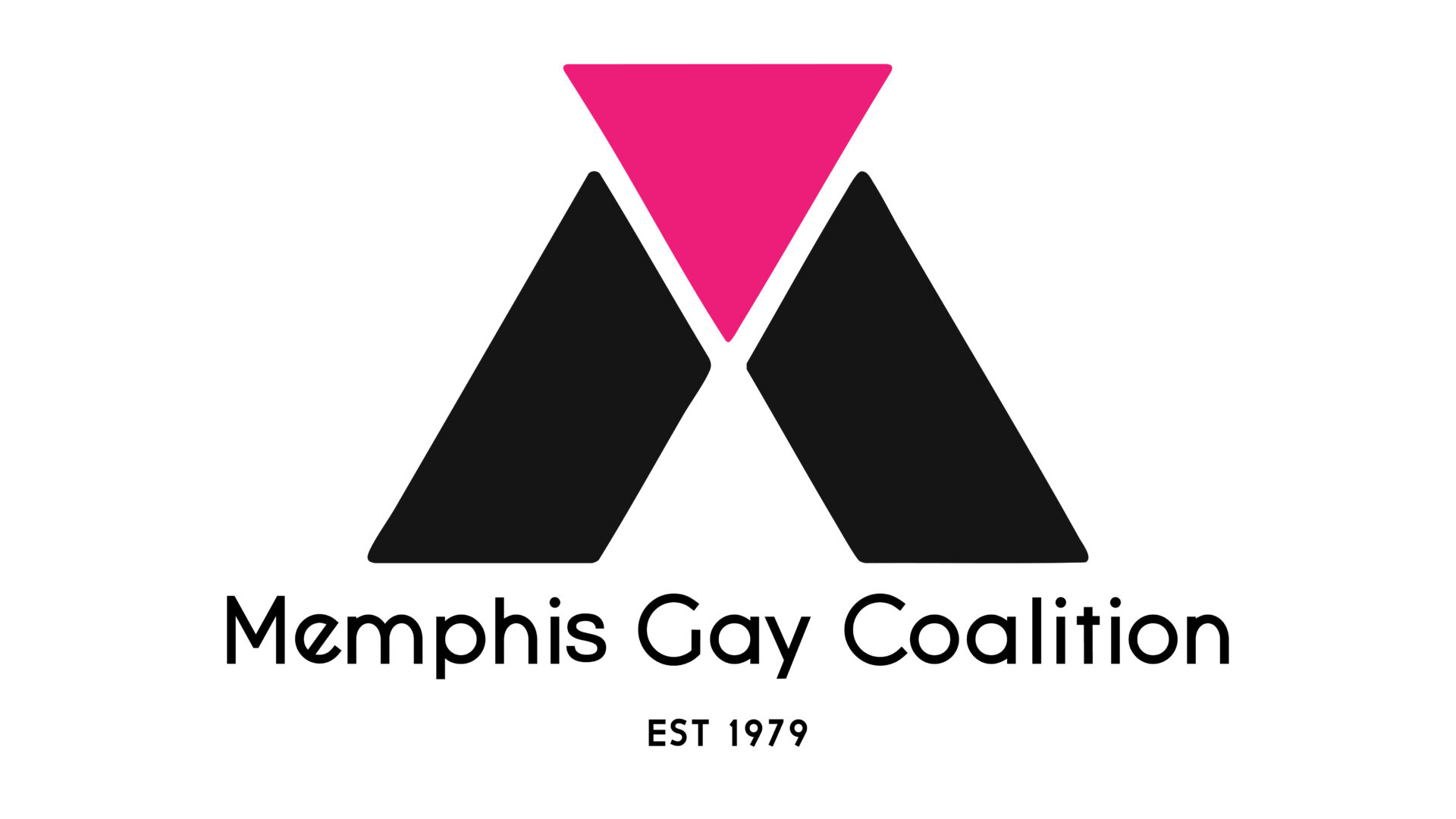The summer of 1979 carried with it the weight of history and the urgency of change. Ten years after the Stonewall Uprising, LGBTQ+ activists in major cities had made undeniable progress, but in Memphis, visibility was still a risk that few could afford to take. The South had always been slow to embrace social change, and for many in Memphis, life was a delicate balance of identity and survival. It was in this climate that the Memphis Gay Coalition (MGC) was born, the city’s first formal LGBTQ+ rights organization.
The coalition did not emerge easily. It took the work of individuals who understood that change required structure, that resistance needed a home. They gathered with a mission: to advocate for equal rights, to provide support, and to educate a city that often refused to see them. This was not a movement of convenience or comfort. Those involved risked everything—jobs, family ties, physical safety—to demand dignity in a place that had rarely offered it.
The coalition’s impact was immediate. By 1981, it had organized the city’s first Pride march, a bold statement of existence that wound its way from Peabody Park to the Overton Park Shell. This was no small act. Marching through Memphis as an openly LGBTQ+ person in the early 1980s was an act of defiance, an insistence on a future that did not yet exist. It was not just about celebration; it was about survival.
Beyond visibility, the coalition tackled the systemic barriers that had long kept the community marginalized. It lobbied for anti-discrimination protections, challenged police harassment, and created spaces where LGBTQ+ people could find safety and solidarity. As the 1980s progressed, another crisis loomed—the HIV/AIDS epidemic. While government institutions turned a blind eye, the coalition did not. In 1983, it organized “Old Hash,” one of the first local fundraisers to support AIDS research and education, ensuring that Memphis did not meet this crisis in silence.
Like many early activist groups, the coalition was not without its struggles. Internal divisions emerged, shaped by questions of race, gender, and class that often fractured LGBTQ+ movements nationwide. The coalition dissolved in 1990, leaving behind a legacy that could be measured not just in policies or protests, but in the generations of activists it inspired. Its foundation paved the way for organizations like OUTMemphis and helped turn the early sparks of resistance into the full blaze of Memphis Pride Fest.
To speak of Memphis Pride today is to speak of the work that began in 1979. The coalition’s march through Overton Park, its fights against systemic injustice, its refusal to let silence be the only option—all of it lingers in every Pride parade, every advocacy meeting, every moment a person in Memphis lives openly and without fear. The coalition may have disbanded, but the movement it sparked remains. The city is still changing, still learning, still resisting. And it all began with the decision to organize.
